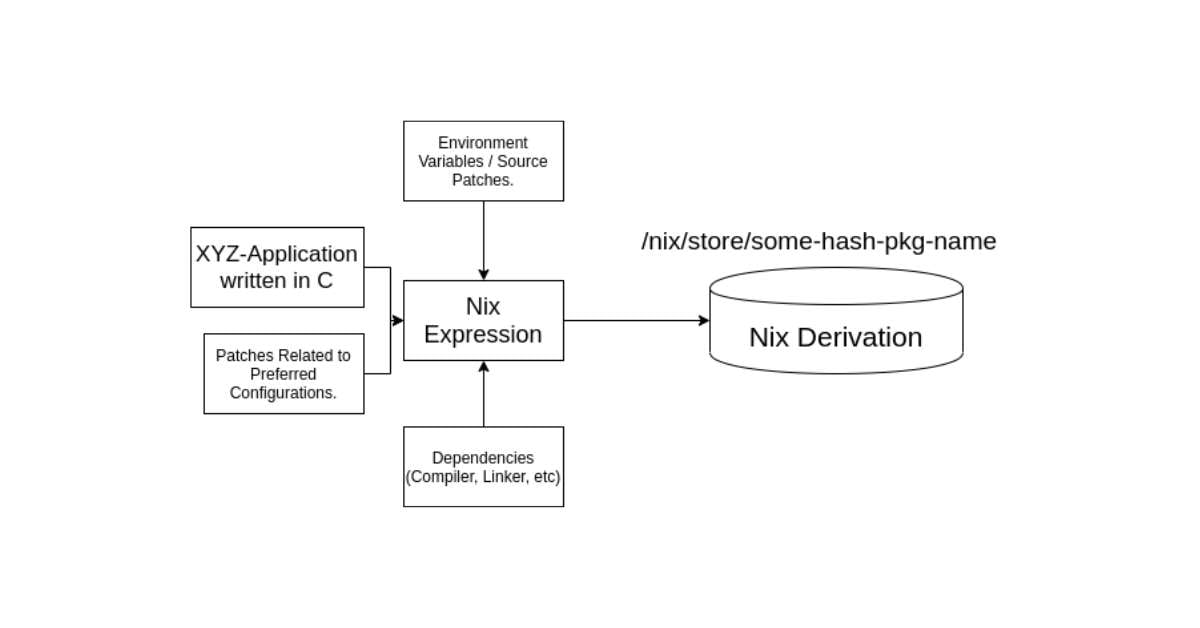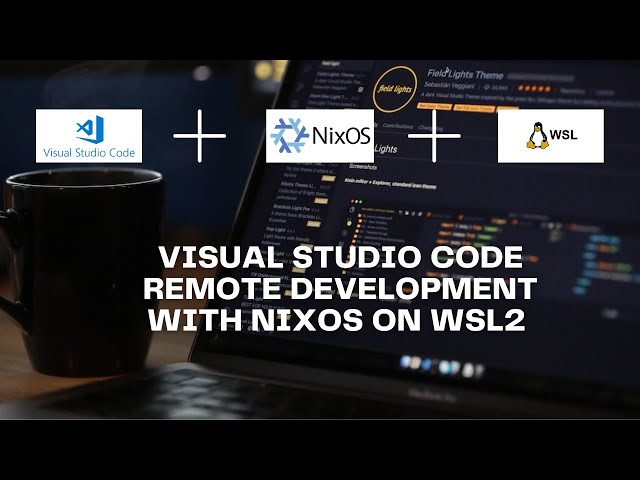Experimenting with NixOS: The Future of Linux Environments
In the ever-evolving landscape of Linux distributions, NixOS stands out as a gem with its unique approach to package management and system configuration. For those unacquainted with it, NixOS operates on an immutable infrastructure paradigm, meaning that system configurations are defined in a way that allows you to roll back changes seamlessly—a feature that proves invaluable for developers and system administrators alike.
Understanding Nix and Its Paradigm
At its core, Nix is a package manager that embodies a functional approach to package management. Unlike traditional package managers, which often lead to dependency hell, Nix handles packages in a way that keeps configurations stateless and isolated. The implications of this design are profound; for me, the ability to install and use multiple versions of a package without conflicts has revolutionized my development workflow. This isolation protects my main working environment while giving me the flexibility to experiment with new tools and libraries.
 Exploring the vibrant world of NixOS
Exploring the vibrant world of NixOS
One of the aspects that I find particularly fascinating is the declarative configuration that Nix allows. Instead of manually setting up your environment (a process that is prone to errors), you define your entire system’s configuration in a single .nix file. This can include specifications for the operating system, user configurations, and even your development environment settings. This not only improves reproducibility but also significantly enhances collaboration among teams.
The NixOS Experience: Pros and Cons
However, as with any system, there are trade-offs. Transitioning to NixOS does have a learning curve. The syntax of Nix expressions can be a bit daunting for newcomers, particularly for those accustomed to traditional scripting languages. Yet, once you get past the initial barriers, the advantages far outweigh the inconveniences.
In my own experience, I encountered moments of frustration while navigating through its documentation, which at times felt less user-friendly. Nevertheless, there was something invigorating about overcoming those hurdles; it felt like a rite of passage to truly grasp the power of NixOS. The community surrounding NixOS is robust and filled with passionate individuals eager to share knowledge and troubleshoot; finding help is as easy as checking forums or contributing to GitHub discussions.
Configuration and Customization
The customization possibilities with NixOS are nearly limitless. For instance, on my quest for a streamlined development setup, I configured a lightweight window manager alongside essential programming tools—all within a matter of minutes. After defining everything in my Nix configuration file, a simple command built and deployed my entire environment to perfection. It was exhilarating to see my meticulously crafted setup materialize as defined.
 Customizing your NixOS experience
Customizing your NixOS experience
Moreover, the roll-back functionality cannot be overstated. Last month, I attempted an upgrade that broke my build environment—a situation I’d often dread when using other distributions. Yet, with NixOS, I simply reverted to the previous configuration, resuming my work without a hitch. This philosophy of smooth transitions and protections against common pitfalls has cemented NixOS in my toolkit.
The Future of NixOS
As the tech world continues to embrace containerization and DevOps methodologies, I firmly believe that NixOS is poised for significant growth. With its capabilities to manage dependencies in a way that aligns with modern practices, it’s an ideal candidate for cloud environments and continuous integration workflows. Whether deploying microservices or handling large-scale applications, the principles behind NixOS offer a strong foundation for developers looking to push the envelope.
The buzz around NixOS is only growing stronger as more developers recognize its potential. I invited a couple of colleagues to try it out, and to my delight, they have already begun advocating for its adoption within our projects. Seeing the excitement among peers rekindles my own enthusiasm, reminding me of why I initially gravitated towards NixOS.
 Looking ahead: the trajectory of NixOS
Looking ahead: the trajectory of NixOS
In conclusion, NixOS is not merely a system to me; it’s a tool that empowers exploration and innovation. Its unique structure may initially perplex new users, but those willing to invest the time will reap amplifying rewards. As I delve deeper into the ecosystem, I find more ways to leverage its capabilities, continually shaping my development practices and contributing to an exciting, adaptable environment.
If you’re still on the fence about NixOS, I urge you to dive in. You might find, as I did, that this unique snowflake of an OS has the power to transform the way you think about development environments. With its elegant package management and potent configuration options, NixOS is not just a trend; it’s a step toward the future of Linux.


 Photo by
Photo by 










